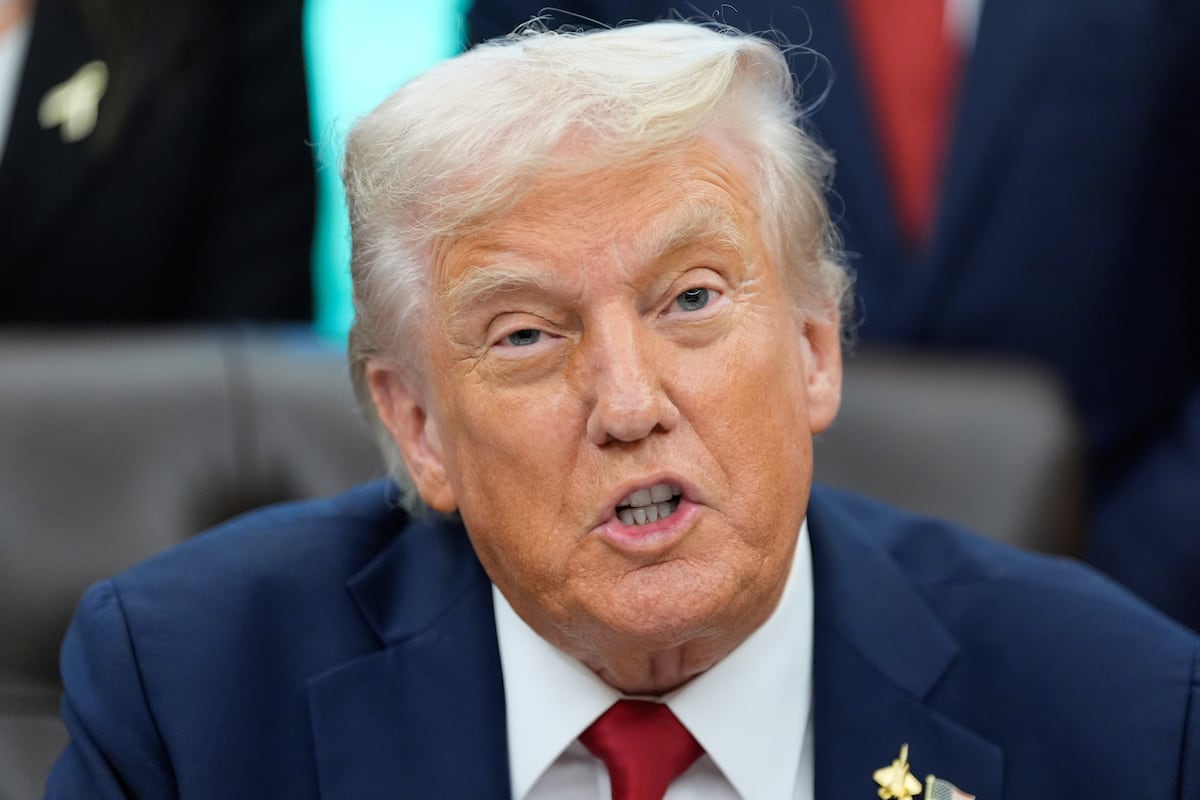Technological innovation is a core means for societies to defend themselves and enhance the well-being of their people. What has made the U.S. the leading nation has not merely been democracy and the rule of law, but the successes of American industry in creating, adopting, and integrating innovation for both commercial society and our armed forces. Innovation has been an elixir for our nation’s success.
Nonetheless, any lead in innovation is not perpetual. U.S. technological innovations are susceptible to intellectual property theft. Our competitors are racing to develop new technologies. Our engineers and scientists are outnumbered by those overseas. And, our appetite for national investment in research and development is constrained by the cost of our current government operations, procurement, manpower, and debt.
For well over a decade, legislative and executive branch leaders, leading pundits and academics, and industry chief executive officers have all called for faster and better government adoption of technological innovation. Numerous reform initiatives across past congresses and administrations, even those that have led to new legislation and new policies, have not done the job, however.
The Trump administration’s Department of Government Efficiency (DOGE) and numerous executive orders and Congress’s FoRGED and SPEED Acts have similar laudable objectives. How can they achieve breakthrough success?
Part of the answer is to create better measurements to assess progress toward desired objectives. With that goal in mind, our 2025 Government Contracting Trends and Performance Index examined the shape of the broad industrial base that supports all Federal government agencies, trends in government contracting, and the self-evaluated financial performance of government contracting firms. The results of that analysis include the following top-level findings:
Measuring innovation outcomes is imperative, but lacking
You get what you measure. The federal government’s use of agile acquisition vehicles like Other Transaction Authorities (OTAs) and Small Business Innovation Research (SBIR) grants has exploded in recent years. However, there is no measurement of outcomes. Without such measurement, the extent to which the nation is reaping benefits from these contract instruments is principally anecdotal. Better measurements of the outcomes of these efforts are critical if we are to understand the value of our national investments and rely on them as engines of innovation.
Incentives are the true drivers of innovation
Government marketplace incentives are necessary to attract and retain vendors who create impactful, cutting-edge technology. When we surveyed over 400 firms about how they assess their financial performance, respondents resoundingly identified profitability, ease of doing business, and steady partnership as their key performance indicators. It is ridiculous to expect that effective technology innovators will contribute to solutions for the federal government without meaningful profit. Innovators can make their living in the commercial sector. If the federal government is serious about innovation, it must appropriately incentivize companies to deliver and sustain new, effective, and efficient solutions. Incentives determine outcomes.
Small businesses innovate, but the preponderance of small business work is not in innovation
Small businesses participate in innovation as government contractors through SBIRs and other efforts. However, the preponderance of the work dominated by small businesses includes civil engineering, software installation and programming, facility utilities installation and repair, administrative services, and non-technical manufacturing. Though important to the functioning of government, this work is largely unrelated to innovation. For increased small business contributions to innovation, agencies will need to evolve their respective small business contracting approaches.
Put the “non” back in nontraditional defense contractors
The legislative intention for identifying and advantaging nontraditional contractors was to recruit advanced technology firms into the government marketplace. However, the legal definition for nontraditional firms excludes only 7.5% of firms in the Department of Defense (DoD) market. If nontraditional contractors are expected to be instrumental in increasing innovation, these firms must be both better defined and tracked over time.
Industrial base sentiment was strong across the spectrum of companies in 2024
The Baroni Center’s analysis found the federal market remains competitive, despite a reduction in the number of firms over the past decade. Moreover, our survey results and financial performance index show that government contracting firms of all sizes and composition remained positive about their recent performance and their future prospects. Company sentiments could be quite different today because of DOGE, but the companies’ key performance indicators, however, would likely be unchanged.
These findings and related recommendations can help inform ongoing government initiatives designed to improve contracting processes and execution. We very much look forward to engaging with government and industry on these efforts to drive better outcomes across the government contracting community.
Jerry McGinn is the Executive Director of the Greg and Camille Center for Government Contracting in George Mason University’s Costello College of Business and a former senior DoD acquisition official. Jeff Kojac is the Director of Studies for the Center and a member of the Council on Foreign Relations.
Read the full article here








Leave a Reply